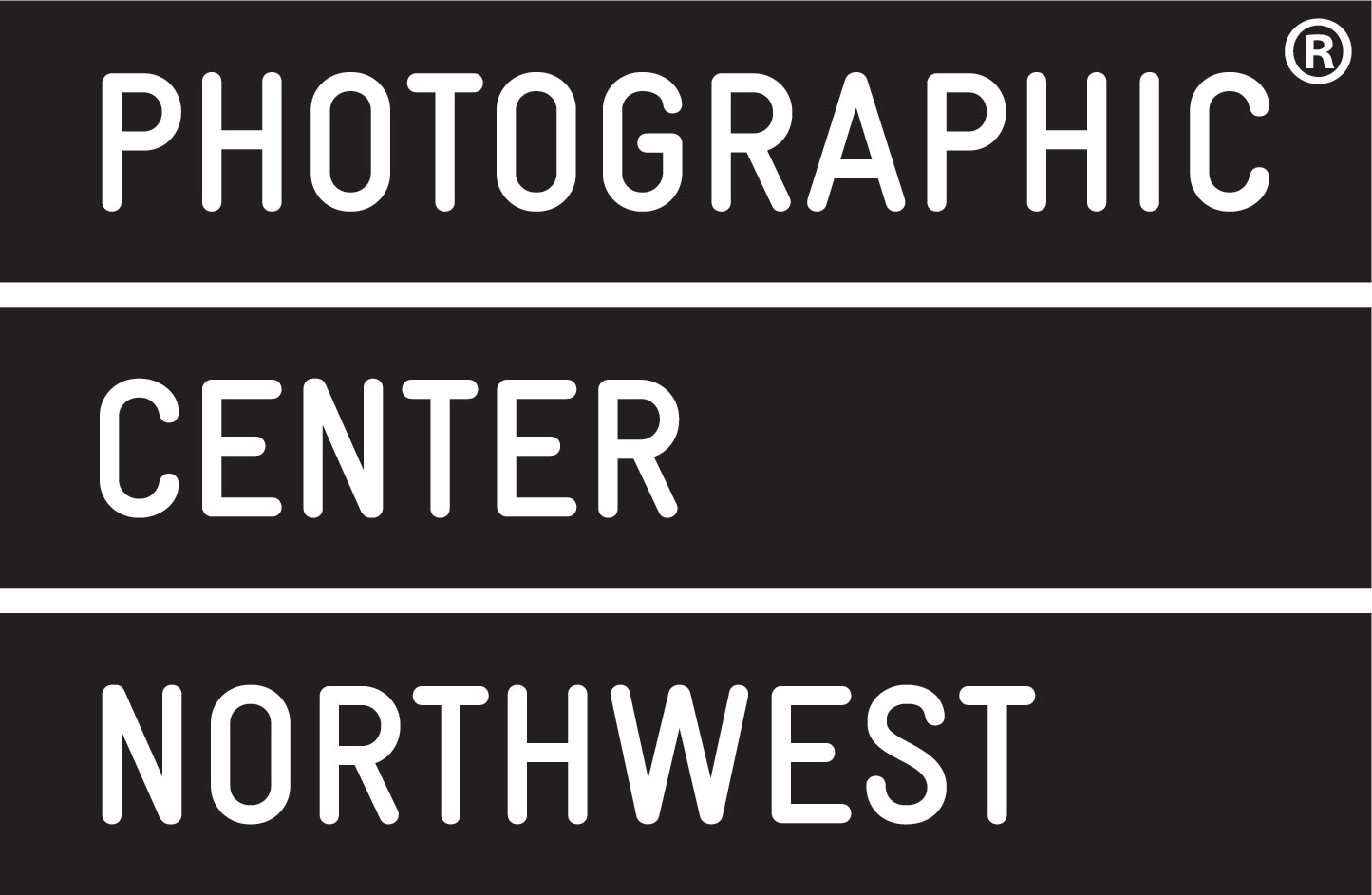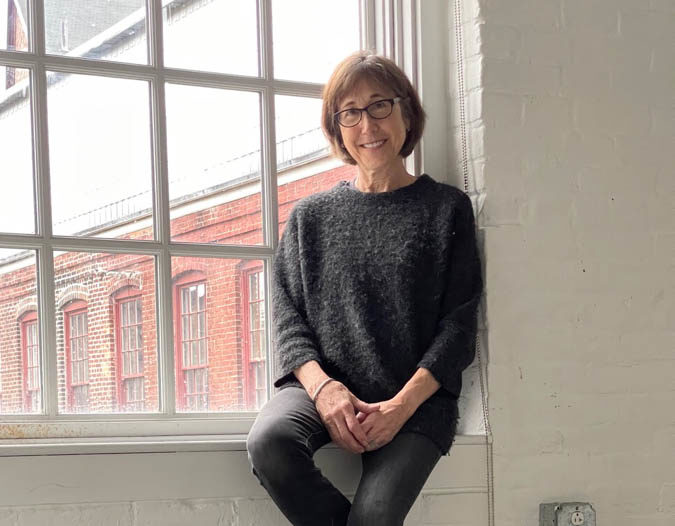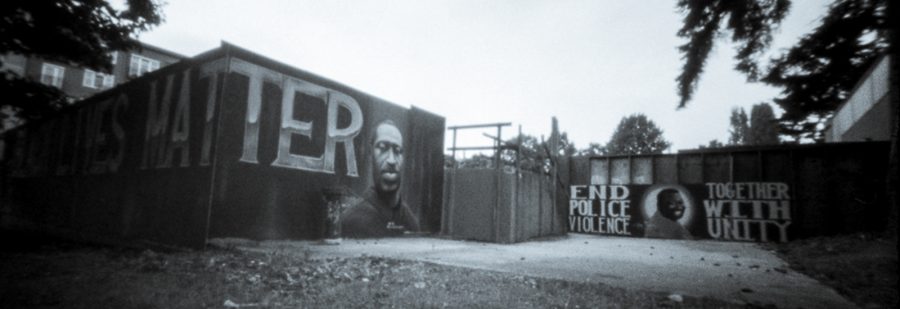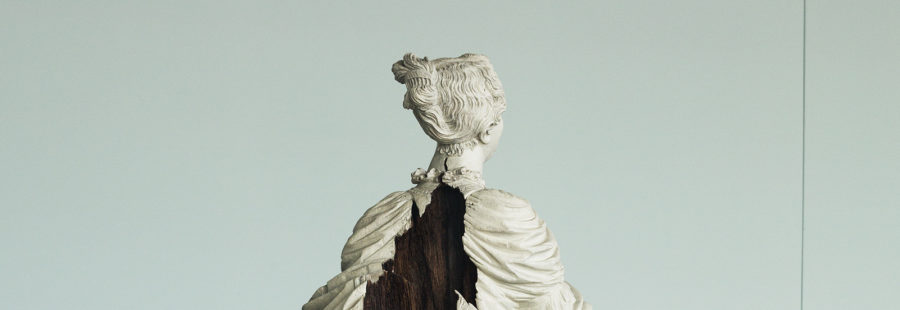Donna Bassin in an exhibiting artist in Imminent Existence, Photolucida‘s Critical Mass TOP 50 (2022). On view at the PCNW gallery from March 30 – June 4, 2023.
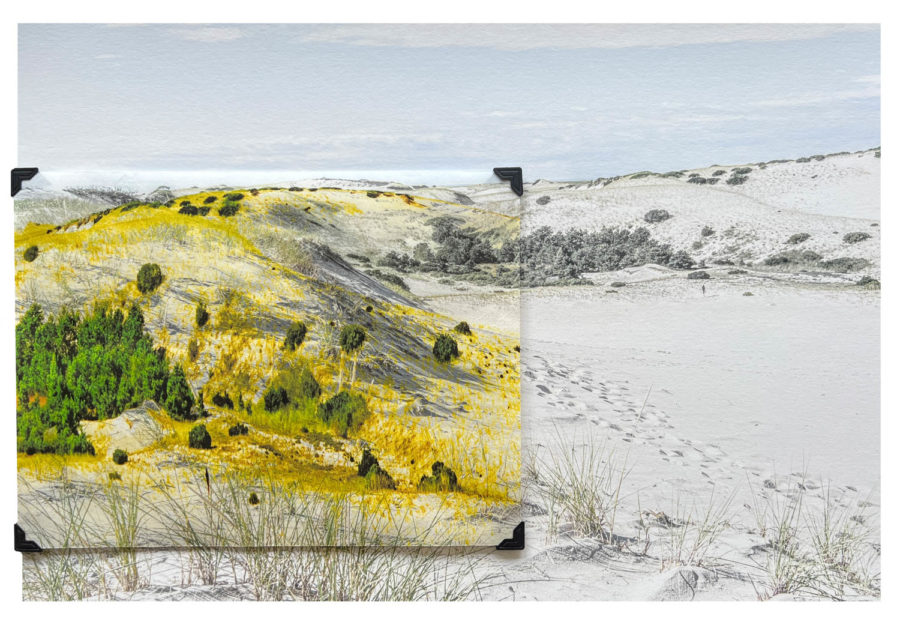
Donna Bassin (b. 1950, Brooklyn, NY; lives in Montclair, NJ)
Environmental Melancholia: Postcards from the Past. 26, 2022
Archival pigment print with assemblage using Japanese Washi paper and adhesive photo corners
Edition 1 of 5
Image 24 x 35 inches, framed to 28 x 39 inches
$1825 (for purchase inquiry, please contact Erin at espencer@pcnw.org)
I’m wondering if the Critical Mass review process brought about any meaningful connections with one or more of the reviewers?
I was contacted by Michael Itkoff, co-founder of Daylight Books, regarding the publication of Environmental Melancholia through his press.
Please tell us about yourself and which part of the world you currently reside in.
I am a photographer and filmmaker born in Brooklyn, New York, and living and working in Montclair, New Jersey. As an artist heavily influenced by my work as a clinical trauma psychologist and my experiences working with war veterans and first responders at Ground Zero, I view imagination and art as a necessary resistance to the ongoing socio-political and environmental crisis. I work in long-term projects, series, films, and installations designed to viscerally engage bystanders to experience themselves as witnesses compelled into activism. I believe in the power of aesthetics to assist in the mending of our broken worlds. I am drawn to the beauty of the imperfect and to nature. And while my art is photo-based, I often depart from the traditional frame to reconfigure boundaries. I alter the surface of photographs with tears, stitching, and additional rice paper layers attached with washi tape or photo corners as an aesthetic strategy to convey injuries and repairs and create a visceral physicality.
When did you first discover your love of photography?
In elementary school, I watched slideshows of photographs taken by my father of the trips he and my mother had taken. Those slides exposed me to the magic of the camera to capture worlds unseen and memories of the past. I spent hours in a dark lab with a safety light, helping my father develop x-rays from his medical practice. Watching the images appear in chemical baths was magical.
Please tell us about the individual piece that was selected to be included in this exhibition. Also, tell us a bit about the body of work that this is from.
The photograph is one of 50 completed photographs from my ongoing series, “Environmental Melancholia,” consisting of imaginary constructed landscapes responding to our catastrophic ecological threats and engaging with the public’s difficulty comprehending the potential losses.
Inspired by the seductive beauty of classical landscape painters, this series’ photographs are pictorial and idyllic at first glance, but a closer look disrupts the sublime. I alter and combine photographs of natural scenes from different locations to disrupt the expectation of our natural world ongoing as usual and transform traditional landscapes in form and content. I want viewers to look beyond the beauty and say, “wait, what is happening here?”
I interacted with the images using unexpected color shifts, scale, and composition. I have physically layered one photograph onto another and attached them with Japanese Washi mending tape or photo corners. I have created visual metaphors bringing attention to the earth’s fragility and suggesting a hypothetical outcome when our natural world will be experienced only as a souvenir photograph in a scrapbook. Our planet is falling apart as we lose fertile land, animals, birds, rivers, trees, and glaciers. I try to keep things from getting lost. I rip natural resources from one location and tape them to another – to repair the damage, restore the losses, and virtually put the land back together.
Is your artwork intended to bring attention to any current social issues?
When everything is falling apart, and the imaginary fabric of safety disintegrates, I follow Toni Morrison’s advice for artists to get to work. My artwork responds to distressing aspects of contemporary life, such as the aftermath of September 11, coming home after the war, racism, social injustice, and, most recently in the “Environmental Melancholia” series, the impact of the environmental crisis on our psyche, simultaneously addressing nature’s precariousness and our psychological strategies for managing these heavy losses. I create memorials for wounded and dying environments to highlight the urgency for increased emotional connection to our climate crisis.
Who / what are your biggest influences?
At the moment, I am heavily influenced by the philosophy, and aesthetic strategies of Zen Buddhism, mainly the craft of Kintsugi, the photography of Sarah Moon, Richard Misrach, Irving Penn, Sebastiao Salgado, the films of Barry Jenkins, Werner Hertzog, Wes Anderson, Yasujiro Ozu, Jordan Peele and writings by Toni Morrison, Walter Benjamin, Sigmund Freud, Margaret Atwood, Martin Luther King, Dogan and I could go on for pages here.
